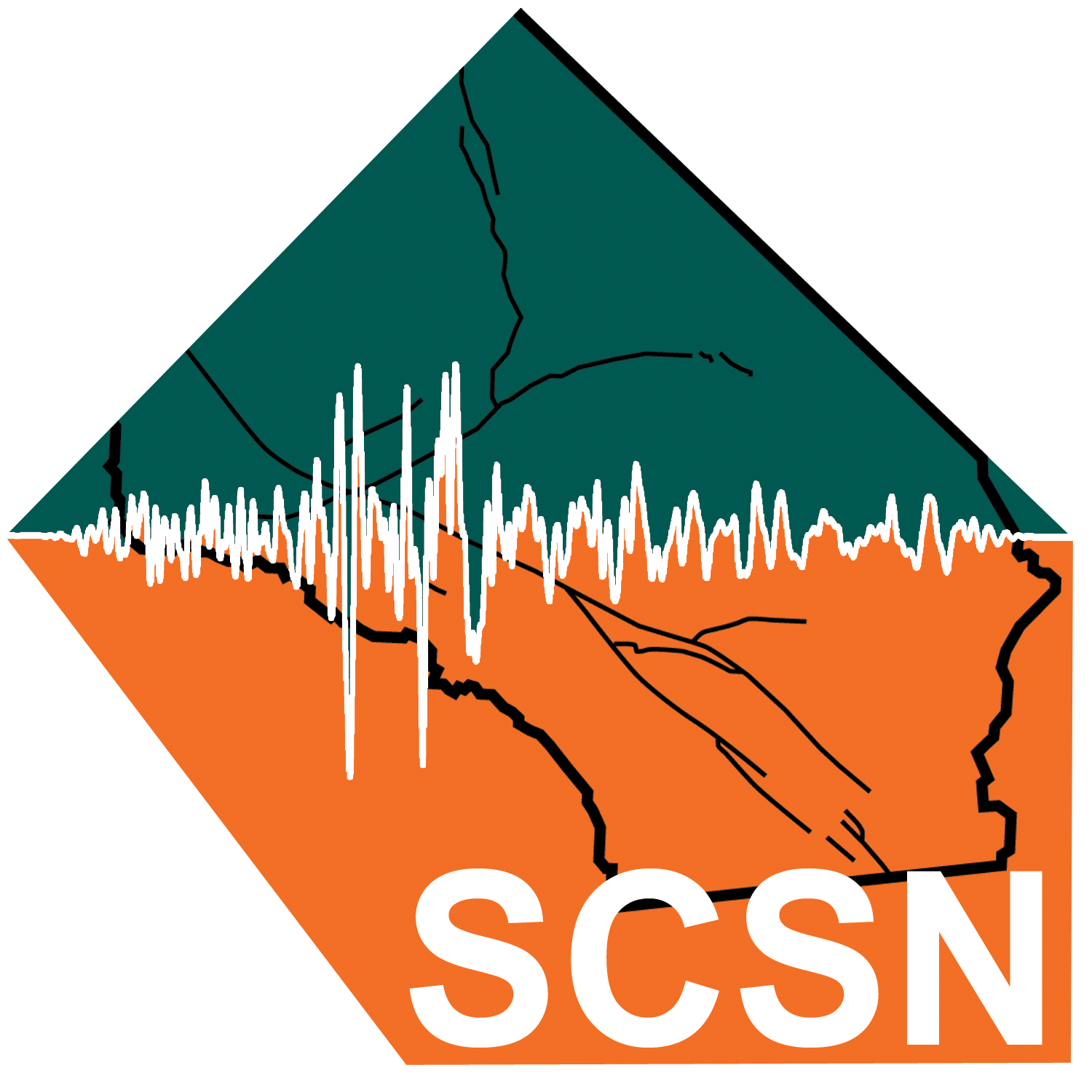Earthquake Information
Chronological Earthquake Index
Manix Earthquake
TYPE OF FAULTING: left-lateral strike-slip
TIME: April 10, 1947 / 7:58 am, PST
LOCATION: 34° 59' N, 116° 33' W 40 km (25 miles)east of Barstow about 192 km (120 miles) northeast of Los Angeles
MAGNITUDE: MW6.5
FAULT RUPTURED: Manix Fault
SURFACE RUPTURE LENGTH: about 5 km (3 miles)
MAXIMUM DISPLACEMENT (AT SURFACE): about 5 cm (2 inches)
The Manix earthquake caused relatively little damage due to its remote location. In the epicentral region, the quake cracked concrete floors, cracked walls, caused a few structures to collapse, moved heavy objects appreciable distances, and disturbed the local groundwater. Most remarkable about the Manix quake, however, is that it was (until 1992) the largest earthquake, and the first to cause surface rupture, ever recorded within the Mojave Block -- the term given to the tectonic region located between the Garlock Fault (along its northern and northwestern edge) and the San Andreas Fault (along its southwestern edge), and extending eastward to roughly the California-Arizona border.
The surface rupture produced was small, but significant. It showed that the Manix fault was, in fact, a left-lateral strike-slip fault, similar to the Garlock fault, and it showed that surface rupture could indeed occur in the Mojave Block. This was later demonstrated by the Galway Lake earthquake of 1975, and by the much greater Landers earthquake of 1992.






